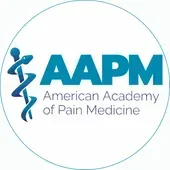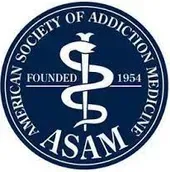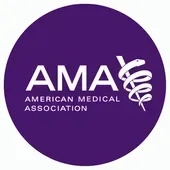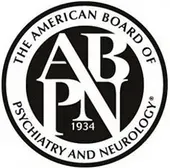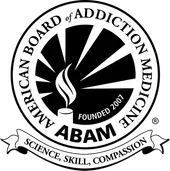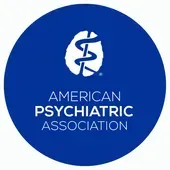TMS Therapy in Chestnut Hill
What is Transcranial Magnetic Stimulation (TMS) Therapy?
Sometimes, traditional approaches to treating depression are not enough to give someone relief from their symptoms. In these cases, a doctor may decide to prescribe transcranial magnetic stimulation therapy, or TMS. This non-invasive, outpatient treatment uses magnetic waves to stimulate certain areas of the brain.
While this may sound frightening, it is a far cry from the “electric shock” therapies of the past, which had side effects ranging from confusion to short-term memory loss. For those with treatment-resistant depression, TMS therapy can provide relief from their depression with very few side effects.
At Wave Treatment Centers, our TMS therapy center in Chestnut Hill helps provide an alternate treatment for depression and other mental health disorders.
TMS Therapy is Safe & Effective
- TMS therapy can be conducted in the physician’s office
- Each treatment is under 20 minutes and the patient is awake and alert during treatment
- Patients typically receive treatments once per day, 5 days per week for 6 weeks
- Transcranial Magnetic Stimulation (TMS) received FDA approval in 2008 for Major Depressive Disorder and has subsequently gained FDA-approval for several other psychiatric and neurological conditions
- TMS is non-invasive and targets highly localized parts of the brain — so it avoids systemic side effects (compared to medications which go all over the body)
- Wave Treatment Centers offers advanced treatment protocols like Express TMS™, which can reduce treatment time to three minutes per session when indicated (Theta Burst)
Start your Healing Journey
A healthier, happier life starts here — talk to our caring staff today.
Website Form Submission
TMS Therapy Applications
TMS has been shown to be effective in managing depressions and treating other behavioral health conditions and mental health disorders. Find out what TMS can do to help restore your well-being as part of Wave Treatment Centers' comprehensive care plan in Chestnut Hill, PA.
TMS for Anxiety
Anxiety disorders are relatively common among adults in the United States. You might feel anxiety during specific situations or feel overwhelmed throughout your daily life. TMS can help.
TMS Therapy for OCD
When someone receives TMS therapy for OCD, the results can be life changing and highlight the importance of treating this mental health condition with safe, FDA-approved techniques.
TMS Therapy for Memory Loss
TMS can aid people suffering from memory loss and other psychological and mental health-related symptoms.
TMS Therapy for Bipolar Disorder
TMS therapy for bipolar disorder can be recommended in some instances, as this treatment can dramatically improve and stabilize mood.
TMS For Treatment-Resistant Depression
Even if other treatments haven't produced lasting results, TMS can help you get the relief you're seeking.
Frequently Asked Questions
I contribute my 4 years of recovery largely to Dr. Beatty. I didn’t think recovery was even possible for someone like me. With the guidance and support of Dr. Beatty, I have been able to pull my life together completely. My plan for treatment was unlike any I had before, and that was exactly what I needed in order to succeed. Thank you very for everything Dr. Beatty, I could not have done this without you.
Zack J.





